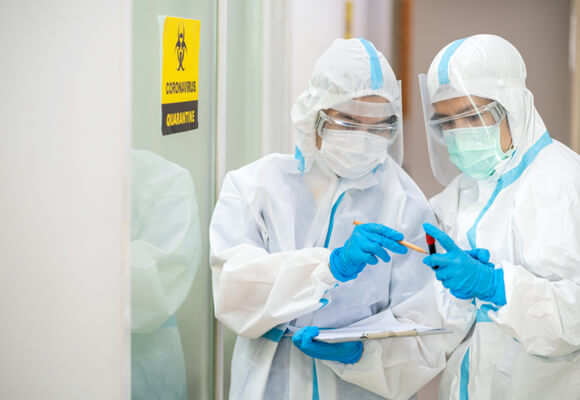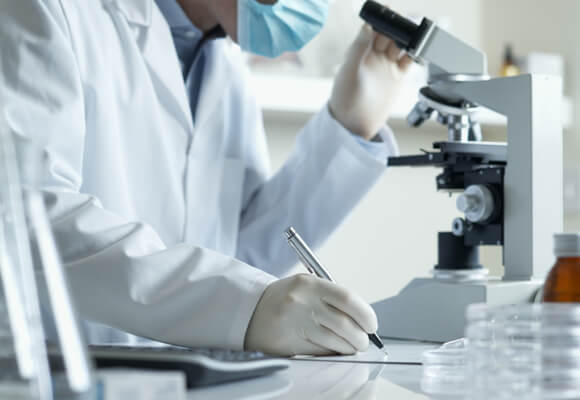
KP Invests Heavily in Masks Inspection
Manufacturing a mask takes only a few seconds, while inspecting and ensuring functionality of a mask requires heavy investment. Our laboratory performs thorough research over the latest innovations, market trends, and customer demands when creating new face masks. The attentive study leads to new solutions that provide a meaningful impact to any end-users, allowing you to satisfy rising demands in your target market. KP lab team consists of qualified engineers and scientists equipped with the latest machinery to develop and test products. Any protective face masks our laboratory produces helps you stay ahead of the curve and satisfy immediate demands for the product.
How We Test
All of our protective face masks are automatically inspected by our machinery to ensure efficacy. Our staff also perform manual inspections on each finished face masks.
Tests We Carried Out With Extreme Caution
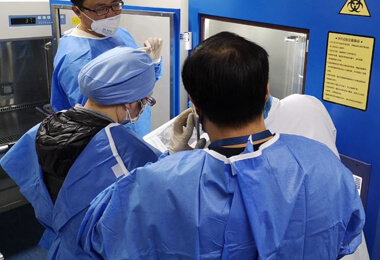
BFE/VFE Test
After the filtration media is preconditioned with the challenge organism of staphylococcus aureus, a liquid suspension of S. aureus is aerosolized and delivered to the filtration media at a constant flow rate of 28.3 liters per minute (LPM).
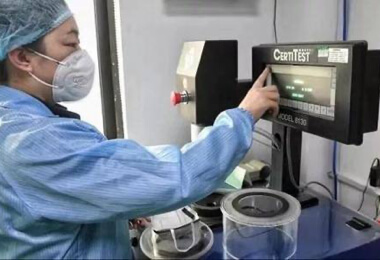
PFE Test
The Particle Filtration Efficiency test evaluates material that allows 1 cubic foot per minute (CFM) flow to pass through it. Testing is conducted at a single particle size. KP Labs has the capability to perform the testing at 0.1µm, 0.3µm, 0.5µm and 1.0µm.
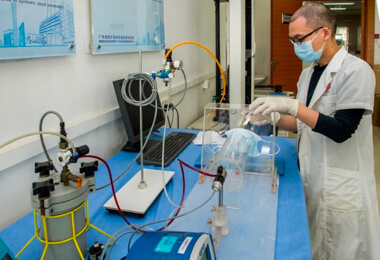
Synthetic Blood Penetration Test
In splash resistance tests, surgical masks are splashed with simulated blood using forces similar to human blood pressure of 80, 120, and 160 mm Hg to ensure the liquid cannot penetrate and contaminate the wearer.
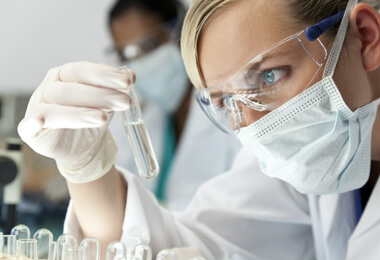
Surface Moisture Resistance Test
Using a measuring cup, the test challenges the masks with 250ml water leaking through the cup. After the water is exhausted, our experts will check and define the masks' performance of resisting water and moisture as per the standards.
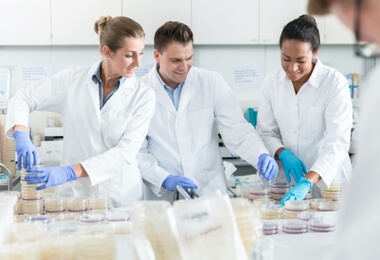
Microbiological Detection Test
The test of microbiology takes 7 days. Microbiology including colibacillus, pseudomonas aeruginosa, staphylococcus aureus and streptococcus hemolyticus are not allowed to be detected. The volume of fungal colony should be ≤100 CFU/g.
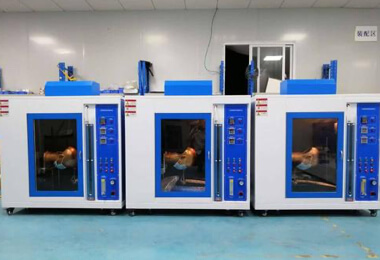
Flammability Test
The test is conducted by being set on fire of 800℃ (outer flame) to measure how slowly it catches and how long the material takes to burn. Under prescribed laboratory conditions, the burning duration of qualified masks should not exceed 5 seconds after the fire is moved.
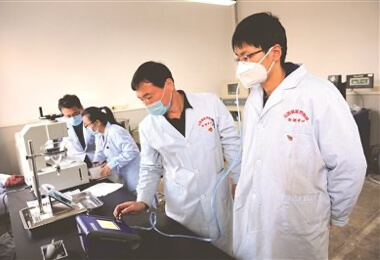
Tightness Test
The test needs 10 volunteers (5 male & 5 female )to cooperate. They are asked to simulate the moves of doctors and nurses like normal breathing, turn the head to both side, look up and down, etc. Only 8/10 are tested qualified means the goods are qualified.
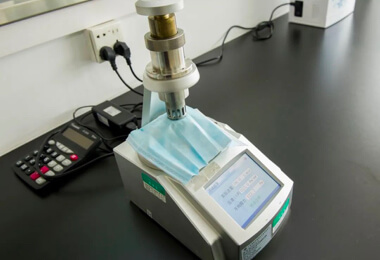
Breathing Resistance Test
The breathing resistance is tested by shooting a flow of air of 8L/min at the masks, then measuring the difference in air pressure varies from 49 Pa to 343.1 Pa on both sides of the mask. The qualified masks should provide breathabilty under such air pressure.
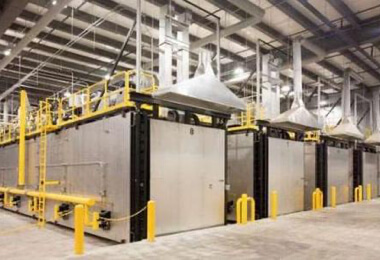
Ethylene Oxide Residual Test
For sterilzed type of medical masks, the EO should be tested by the EO sterilizer along the sterilization process for 14 days. Only when the EO volume is less or equal to 10ug/g, the surgical masks are qualified to be used in medical environments to protect wearers.
Quality is Life, Quality Saves Life.
The national and international standards have been guiding our everyday operations ever since our establishment. Standardized manufatcuring processes and rigorous tests of each type of mask are the secure foothold of KP's close cooperations with numerous clients. KP stands by on our commitment to delivering all of your orders in pristine condition and complying to CE/FDA standards.
